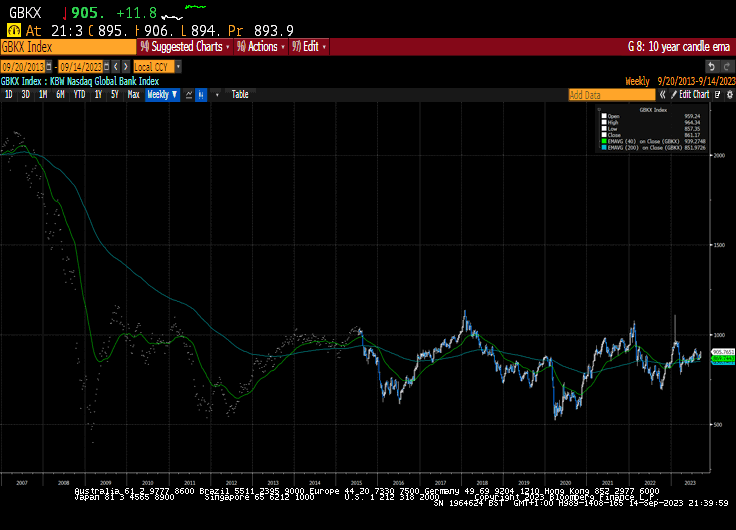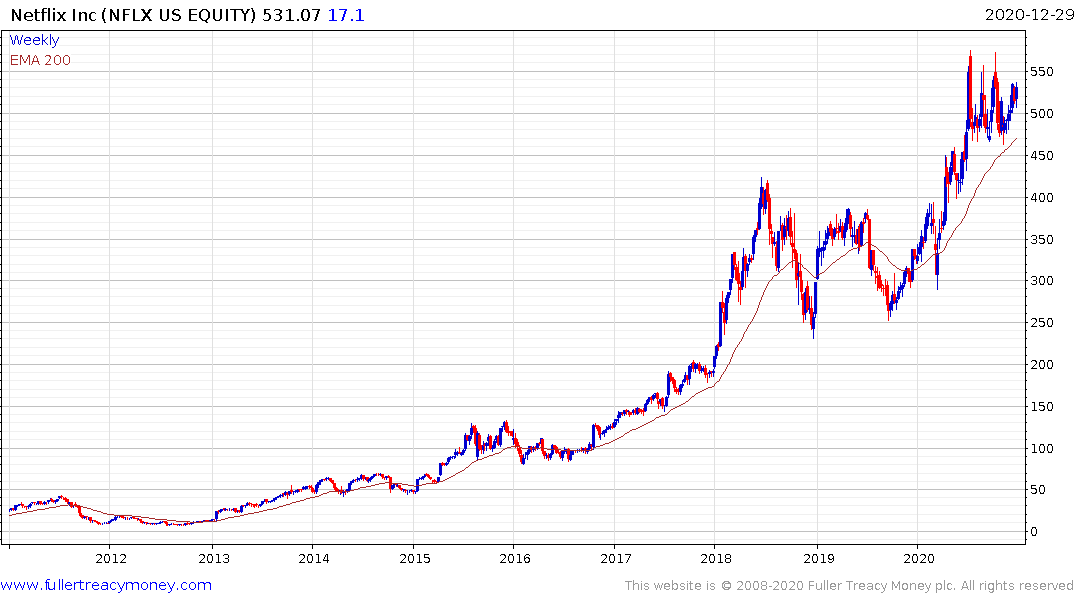Major international luxury brands to open stores in Mumbai�s new luxury mall
This article from cpp-luxury may be of interest to subscribers. Here is a section:
Eoin Treacy's view -Global luxury brands such as Gucci, Cartier, and Louis Vuitton, among others, have signed leases for retail spaces in a new Mumbai mall developed by Asia’s richest Mukesh Ambani, as the brands and Reliance Industries look to tap lucrative prospects presented by India’s robust economic growth and the swift increase in the number of millionaires.
Jio World Plaza is likely to open this year, Reuters said citing an unnamed source. The new mall is situated within Reliance Industries’ extensive $1 billion business and cultural complex in Mumbai’s bustling business district.More than a dozen luxury consumer goods brands are entering the country ahead of the festive season, as they look to attract consumers in a market riding on the growing affluence of Indians with higher incomes, spurring greater discretionary spending even in small towns.
While a K-shaped economic recovery in India is also seen to be a strong trend, according to several economists, the Asian economy has beaten almost all countries in terms of rising wealth. Remember India is home for some of the world’s richest including Mukesh Ambani and Gautam Adani.
Luxury goods companies thrive on the “fake it till you make it” gap between reality and aspiration. They sell the assumed trappings of wealth to the new middle class who are eager to show off their success.
That’s why they are now moving en masse to India. With one of the fastest growth rates of any economy, the number of newly minted aspirational consumers is growing quickly. They need a consumer base because China is no longer delivering growth rates of the past.
This section continues in the Subscriber's Area. Back to top





